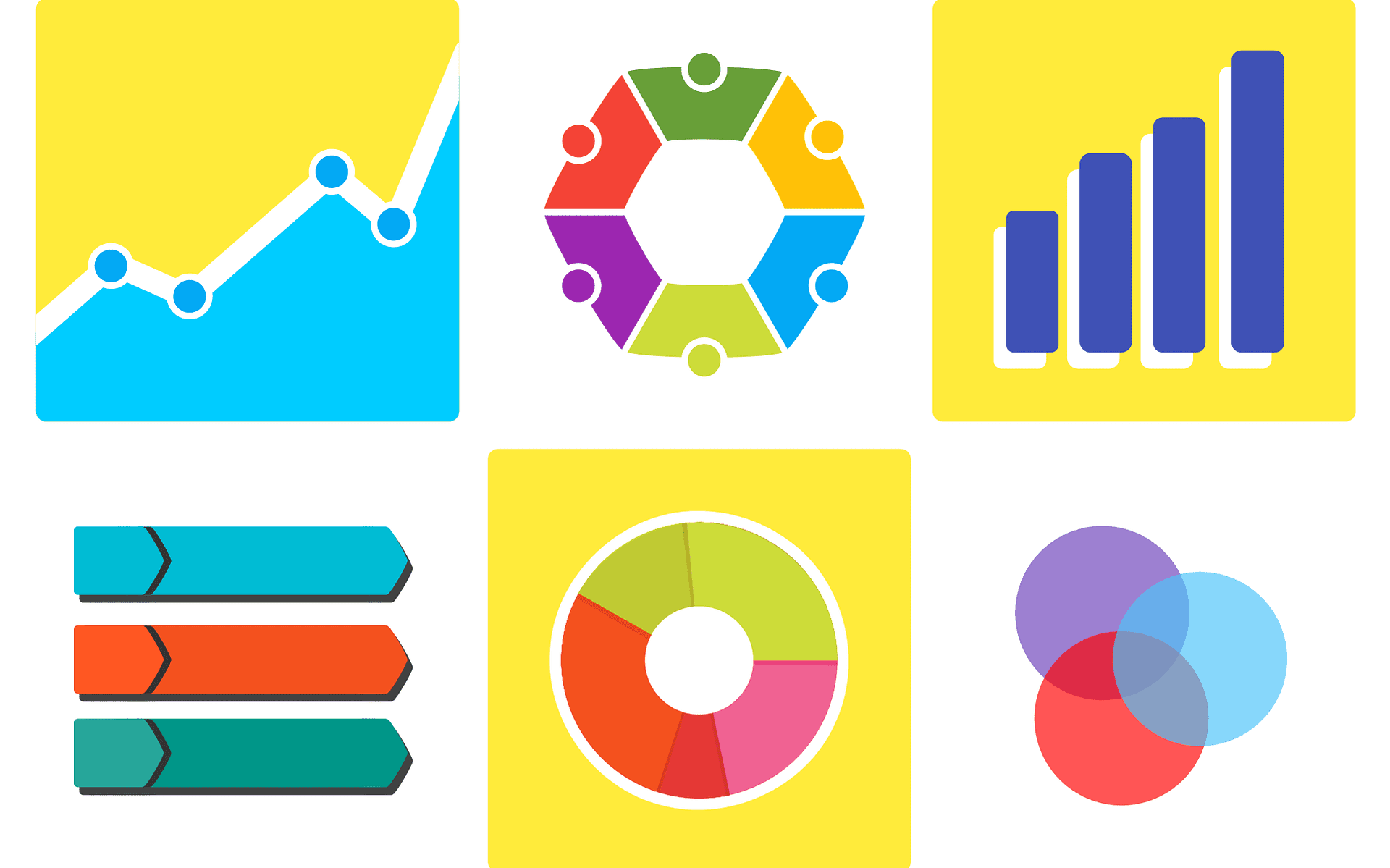Social media is a powerful marketing tool for small businesses. It’s very unlikely that anyone you know doesn’t have at least one social media account somewhere. But when it comes to analyzing performance data, social media metrics leave many users feeling stumped. Which metrics matter? What is “reach”? “Impressions”? And what the heck are vanity metrics?
What is a vanity metric?

A vanity metric is a surface-level social media metric like number of followers, “likes” on a post, and reach. They’re often considered “flashy,” and while they may look good on paper, they aren’t always the most informative in terms of how your social strategy is performing overall.
That being said, vanity metrics can actually be very useful, especially when your social media goals are things like brand awareness and increased reach.
Vanity metrics are usually the most easy to find; analytics tools like SproutSocial and Hootsuite – and even native tools like Facebook Page Insights – often present them automatically. Now let’s talk about some of the most common vanity metrics: impressions and engagement.
Impressions
“Impressions” measure how many times your post was seen. There is a difference between views and unique views, but usually both are counted when it comes to impressions. Let’s say in one scenario, your post is viewed by Person A two times and by Person B three times. That gives you a total of five impressions. In another scenario, your post is viewed one time only by five different people – that still gives you five impressions. This is all to say that impressions are not a count of how many individuals saw your content.
Reach
Reach means the total amount of people who see your content. Think of it as the number of unique viewers. If you have 100 followers, your reach is 100, even if those followers each see a single post multiple times.
Engagement
While impressions reflect the number of times users saw your content, engagement indicates how many people interacted with your post – it’s a count of likes, shares, and comments.
Higher engagement often means that your posts get a farther reach – they are displayed to and accessible by a larger group of people. This is a great way to boost brand awareness outside of your existing network. When a user interacts with your post or page, they notify their network of friends and followers about your content…without you lifting a finger!
Impressions and engagement are two of the biggest social media metrics, but they aren’t necessarily the most important. While they can help you determine the effect of your content on a surface level, you’ll need to dig a little deeper to gain valuable insight on things like ROI and conversions.
Engagement Rate
Engagement rate is the total number of engagements divided by total reach, multiplied by 100% to calculate a percentage. An engagement rate per impression shows you how interesting your post was to the number of times it was shown. Tracking factors which lead to a high engagement number with a very high impression number, as opposed to a high engagement number with a low impression number, can guide your decisions about what to post and when.
Likes
Likes reflect the portion of your followers (or social media users at large) who enjoyed your post enough to say so, through clicking the “like” button. Tracking this shows, even beyond engagements, if your posts are resonating with your audience.
Keeping track of your Likes gives shape to what you’re posting on your social media. That way, you can gear future posts to attract more engagement and better connect with your current and potential audiences.
Shares
Shares reflect how many times a user has reposted something of yours onto their own feed. This is the most obvious metric measuring how far a particular post of yours has spread across the platform. Much like Likes, Shares indicate that a particular post has resonated with your followers — so much so that they had to let other people know about it!
Again, similar to Likes, tracking Shares reveals the contours of your audience, while also indicating what users outside of your sphere react to and enjoy.
How to Make the Most of Your Social Media Analytics

To fully understand your social media metrics and turn them into actionable adjustments for your strategy, you may need to turn to some additional tools. Google Analytics takes valuable data, like referral traffic, from social media and can help you relate it back to your overall business goals.
When you integrate data from both sources, the insights you can gain are invaluable.
For example, by viewing referral traffic data in Google Analytics, you can see which networks are driving more people toward your website. You can use other dimensions, like landing pages and page depth, to discover where visitors are going once they get to your site. This can be helpful in determining how people get to lead or conversion generating pages on your site.
For example: let’s say you get a high amount of referral traffic from Facebook. You can view the percentage of site visitors that come to your site via Facebook. You see that many of those people initially visit your latest blog, and then click over to view your services. Then they might click to your contact page and fill out the form, thus becoming a lead – one your social activity generated!
As you assign value to different goals and conversions on your website, you can start to develop a clearer picture of the ROI your social activity delivers.
Creating and maintaining an effective social strategy may seem like a lot of work, but it is well worth it. Social media can be a low-effort, cost effective way of generating leads and traffic – if you know how to use it. For more tips on the practice of social media marketing, check out our blog!
2926142-0523
1091534-0221
